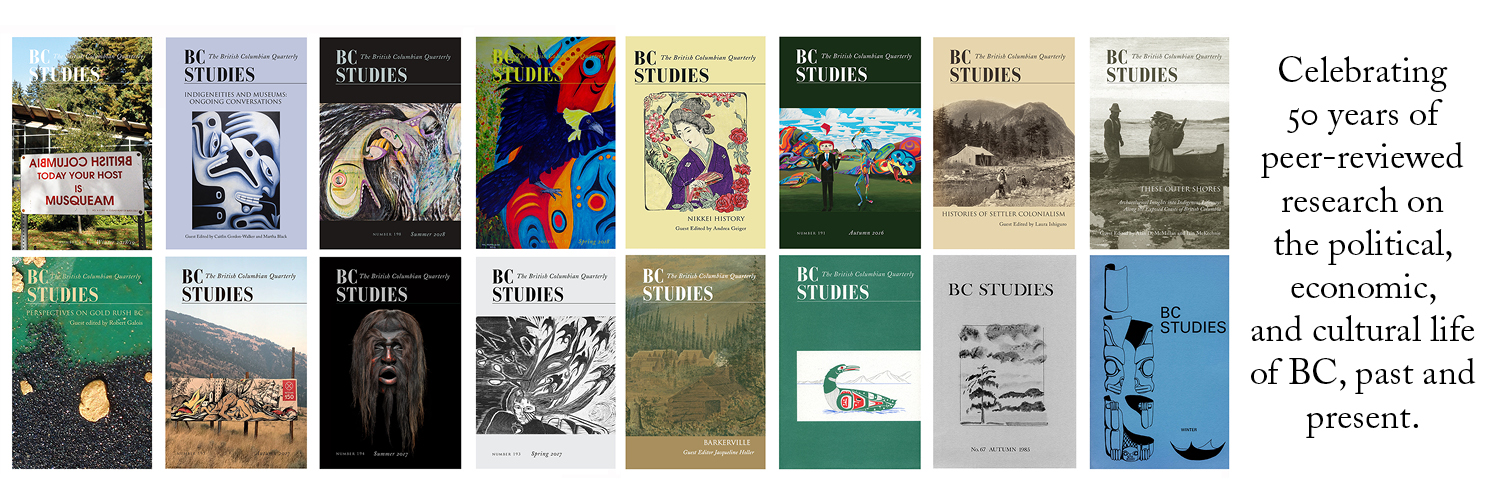A Tale of Three Towns
Transportation and Regional Growth in the Okanagan Valley, c.1891-1941
DOI:
https://doi.org/10.14288/bcs.no219.197619Keywords:
Okanagan, Railways, Lake Transport, Orchards, Regional Growth, OccupationsAbstract
Only after railways -- complemented by an integrated system of lake steamers and barges -- connected the Okanagan Valley with Prairie and Overseas markets, was the large scale commercial production of fruit, especially apples, practical. Not only was there a reciprocal relationship between agriculture and transportation but transportation influenced the growth patterns of the region’s main urban centres (Vernon, Kelowna and Penticton); their industries (often related to agriculture); sources of employment; and local hinterlands. The rail and lake system reached its apogee in the 1920s. By the late 1930s, as roads were slowly improved trucks and buses largely replaced lake steamers and barges for transport within the Valley. After the Hope-Princeton Highway (1949) gave the Okanagan easy road access to the coast and the Rogers Pass Highway (1962) opened a route to Alberta, the railways became less important and gradually withdrew from the Valley. Nevertheless, the regional pattern of urban centres and related hinterlands that they created did not entirely disappear.
Key Words: Okanagan, Railways, Lake Transport, Orchards, Regional Growth, Occupations



